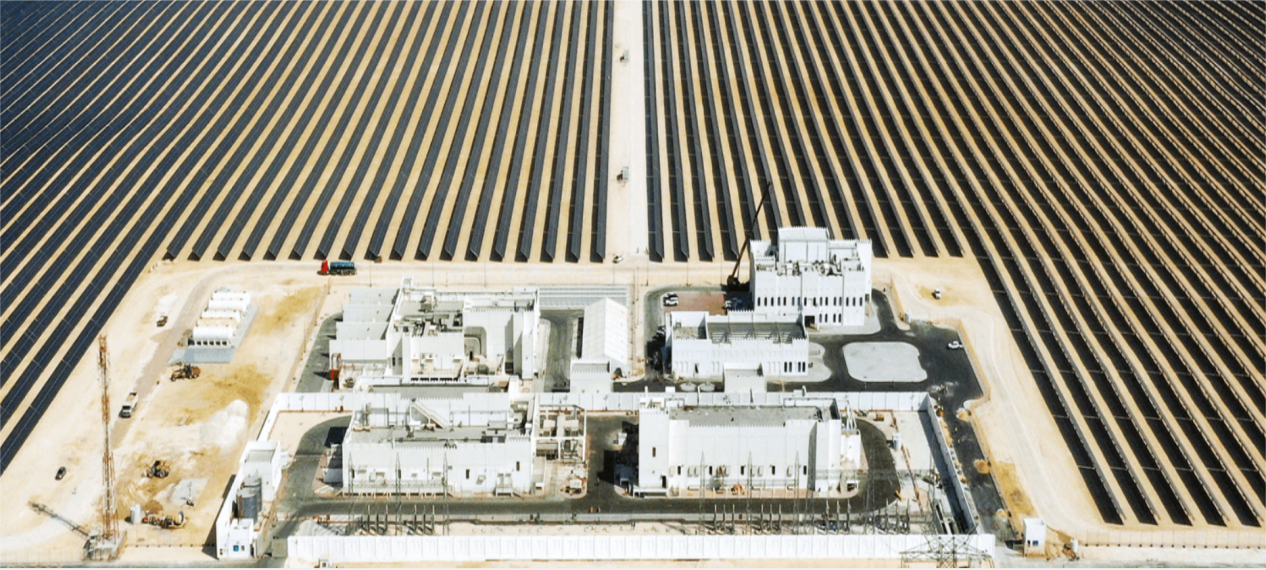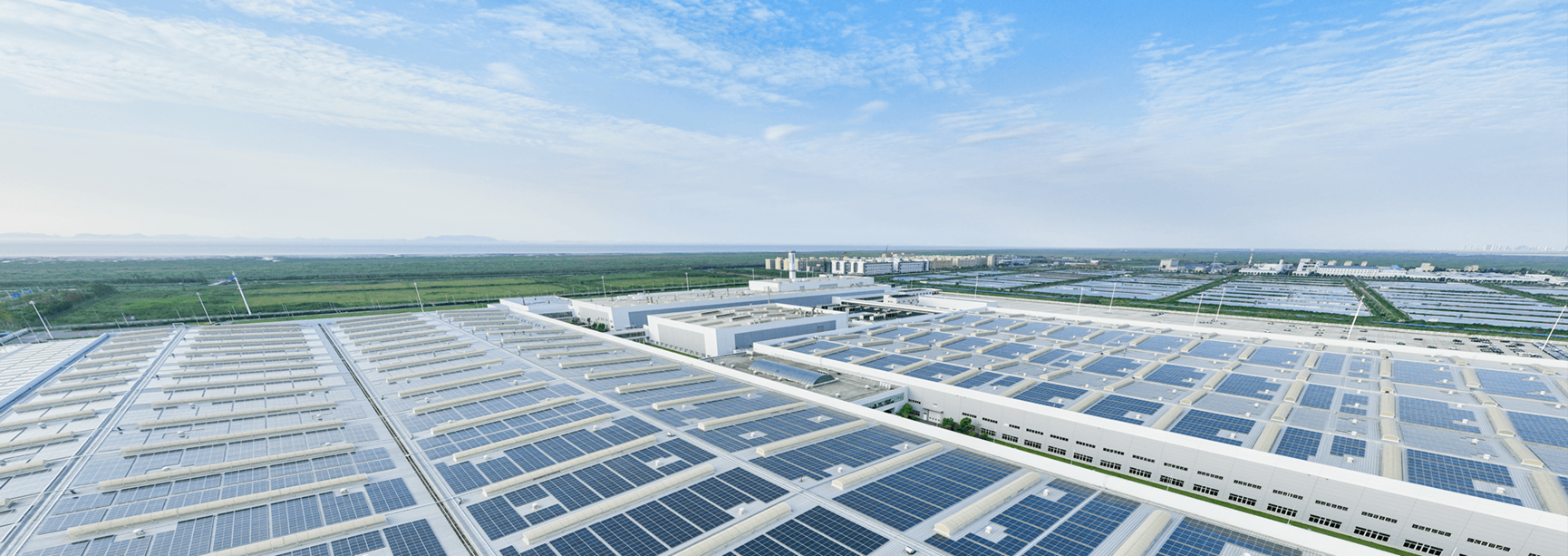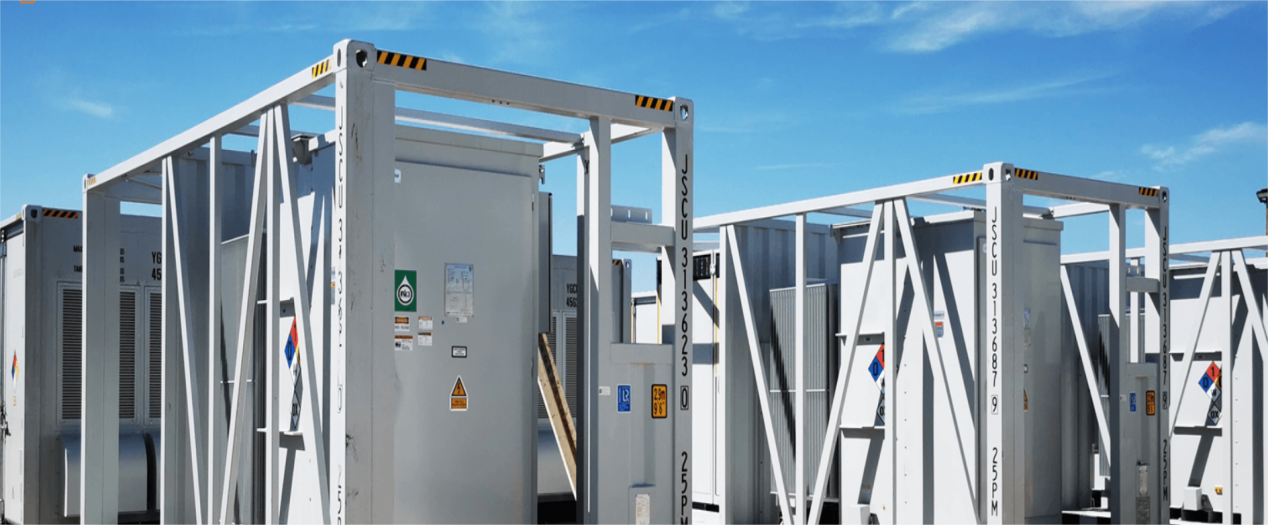Australia has a long and glorious history in the research and development of solar photovoltaics (PV). As early as 2001, Australia began installing photovoltaic systems and introduced subsidy policies in 2009. By the end of 2018, the total installed capacity of photovoltaics had reached 11.28 gigawatts. Australia has achieved many significant milestones in solar technology, including the world's first silicon cell with energy conversion efficiencies of 20% and 25%, and the recent achievement of converting solar light into electricity with an efficiency of over 40%.
At the same time, the residential sector is becoming increasingly popular in Australia, with an average of one out of every three residential buildings installed with a photovoltaic power generation system throughout 2023. Residential photovoltaics provide about 11% of Australia's electricity and account for 38% of Australia's renewable energy generation. One-third of households in Queensland use solar energy, and the installation rate of solar roofs in households in the state is the highest in Australia.

Market Growth and Trends
The Australian solar market is experiencing unprecedented expansion. Projections from 2024 to 2029 indicate a compound annual growth rate of 14.07%, a trend fueled by government policies and support mechanisms. Initiatives such as the Capacity Investment Plan (CIS) and funding from the Australian Renewable Energy Agency (ARENA) have been pivotal in driving this growth and fostering innovation in the sector.
Technological Innovations
At the heart of this growth are technological advancements in solar technology. Australia has made significant progress in solar technology, especially in solar batteries with high efficiency and energy storage solutions. Sungrow is proud to contribute to these innovations, particularly in the development of high-performance lithium iron phosphate (LFP) batteries. These advancements have not only improved the efficiency of solar systems but also enhanced their reliability and durability.

Policy Changes and Market Dynamics
Policy changes, such as the SolarSunshot initiative, have a profound impact on the market, providing AUD 1 billion (approximately USD 651 million) to support domestic solar photovoltaic manufacturing capacity. The ARENA implements the program to support the development of innovative manufacturing projects in the photovoltaic supply chain. By focusing on renewable energy targets, these policies are influencing the market and encouraging further technological advancements.
Additionally, market demand and consumer behavior are shifting towards solar energy solutions, driven by a preference for clean energy and the tangible economic benefits of solar installations.
Distributed Solar Energy and Sungrow's Products
The rise of distributed solar energy is a notable trend, especially in residential areas. This aligns with the Australian government's renewable energy goals and presents an opportunity for Sungrow to showcase its innovative products.
Our SH5.0/6.0RS hybrid solar inverter is a testament to Sungrow's commitment to supporting this trend. For instance, its flexible application can provide an 80-460V voltage range, suitable for new installation projects. Moreover, it has real-time data and online IV curves and diagnosis, which is convenient for the usage.
The SBR064 series of high-voltage LFP batteries is another example of Sungrow's dedication to meeting the market's demand for reliable energy storage solutions. It has high performance, like up to 30A continuous charging and discharging current with high efficiency. Furthermore, it uses the lithium iron phosphate Battery, which can give significant safety.

Developing Forward with Steady Steps
Looking ahead, the Australian solar energy market is poised for continued growth. Sungrow is excited about the potential for innovation to drive this progress. As we stand on the cusp of a new era in solar energy , we invite readers to explore Sungrow's solutions for their own solar energy needs. By adopting our advanced solar technology, you are not just investing in a sustainable future but also contributing to the global effort to combat climate change. Join us in harnessing the power of the sun for a brighter tomorrow.